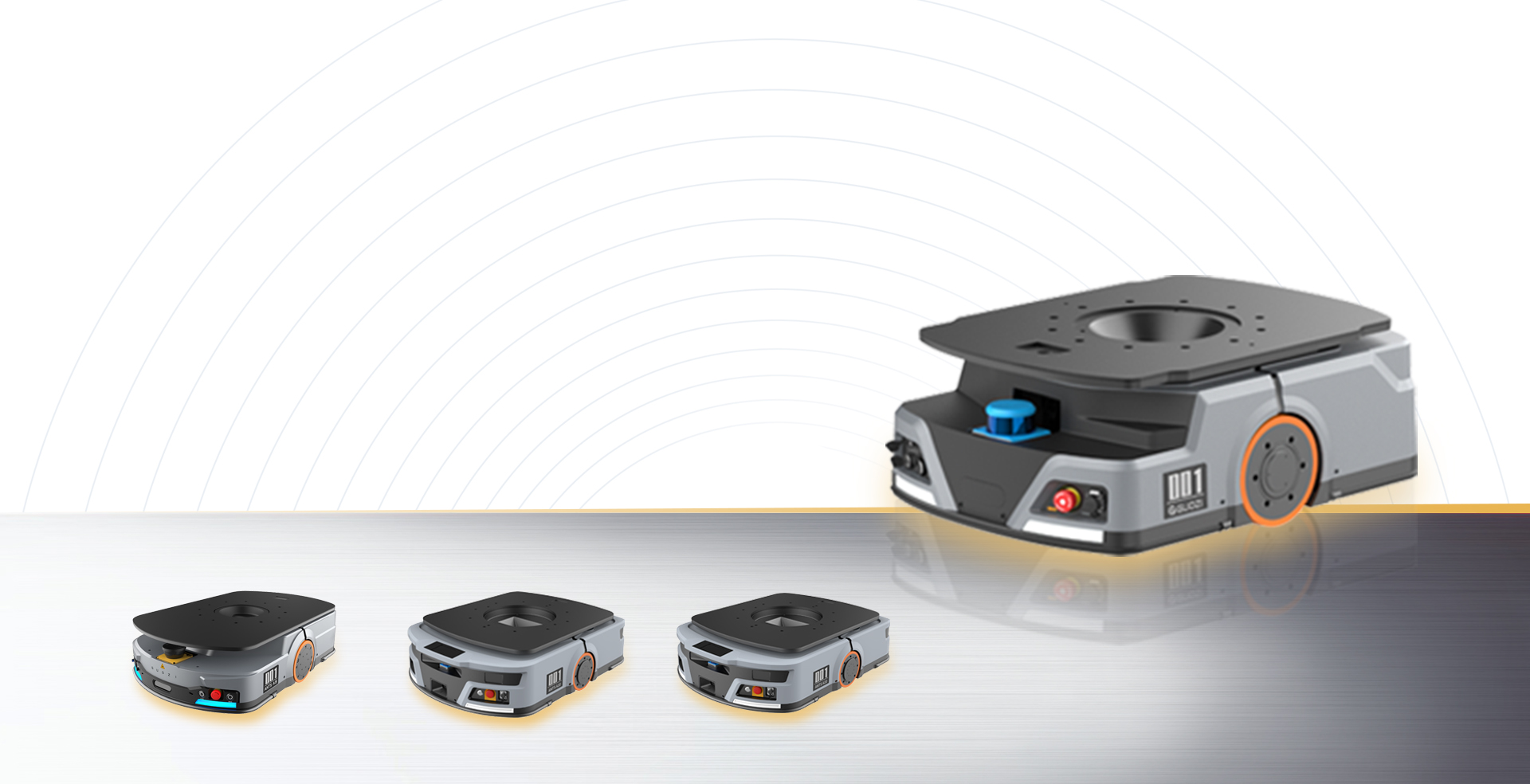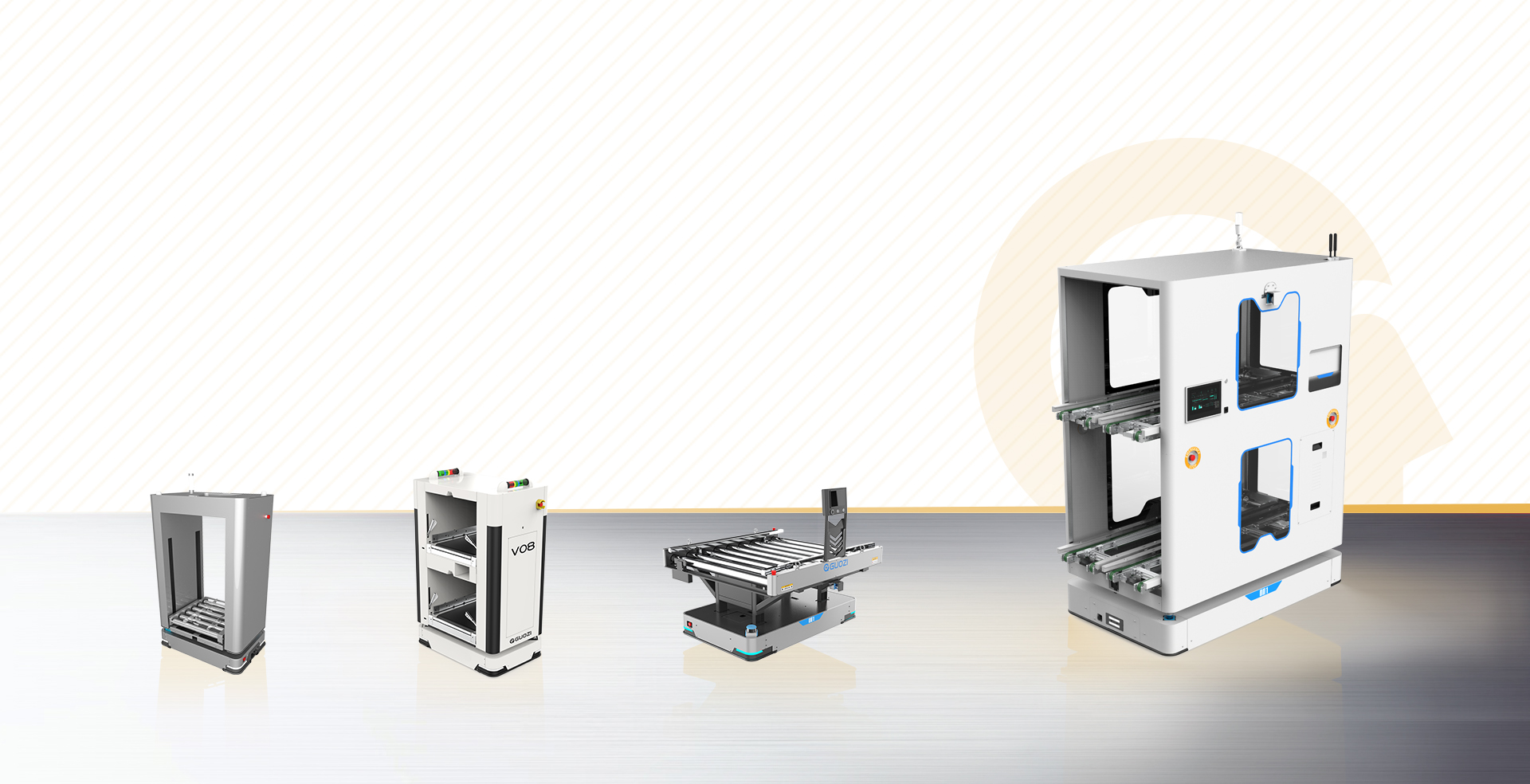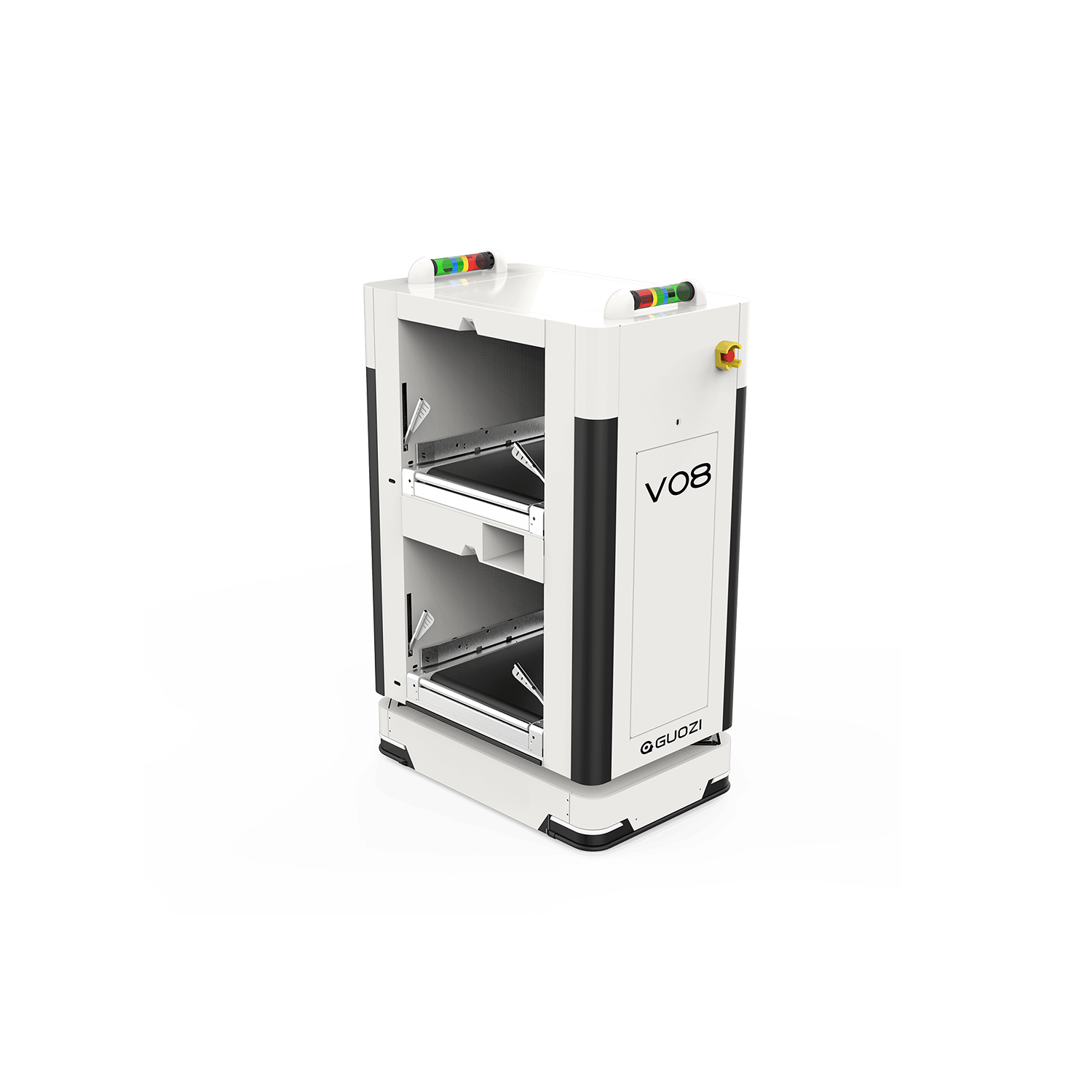With the continuous progress of science and technology, the robotics industry has developed rapidly in China. In various application scenarios, Tote Picking (bin picking) technology, as an efficient way of cargo handling, has gradually become a hot spot in the field of robotics. This paper will focus on Tote Picking technology and discuss its application and development trend in the robot industry.
Tote Picking, as the name implies, refers to the process of picking and handling bins by using robots. Bins are typically used to store and transport a variety of items, such as parts, food, pharmaceuticals, etc. Tote Picking technology has the following characteristics:
1. High efficiency: Compared to manual handling, Tote Picking technology can significantly increase the speed of goods handling and reduce labor intensity.
2. Flexibility: The robot can adjust the handling strategy according to different scenarios and needs, which is highly adaptable.
3. Accuracy: Ensure the accuracy of cargo handling through precise visual recognition and localization technologies.
4. Safety: Reduce the risk of workplace accidents by reducing manual involvement.
Applications of Tote Picking Technology in Robotics Industry
1. Intelligent Warehousing
In the field of Intelligent Warehousing, the Tote Picking technology plays an important role. Through robots equipped with visual recognition, deep learning and other technologies, automatic identification, classification and handling of bins can be realized. For example, the Jingdong Logistics "Wolf" robot uses Tote Picking technology, which greatly improves the operational efficiency of the warehouse.
2. Manufacturing
In the manufacturing industry, Tote Picking technology can be used in the production line for material handling, loading and unloading. For example, automotive manufacturers can use Tote Picking robots to move parts from the warehouse to the production line, increasing productivity.
3. Retail industry
In the retail industry, Tote Picking technology can be used in the process of merchandise sorting and packing. For example, Amazon's Kiva robots use Tote Picking technology to automate the movement of goods from the warehouse to the packing table.
4. Pharmaceutical industry
In the pharmaceutical industry, Tote Picking technology can be used in the process of drug sorting and handling. Through the robot to realize the accurate distribution of drugs, reduce the manual error, to ensure the safety of patients' medication.
The development trend of Tote Picking technology
1. Deep integration of artificial intelligence technology
With the continuous development of artificial intelligence technology, Tote Picking Robot will have more advanced visual recognition, path planning and other capabilities to achieve more efficient cargo handling.
2. Multi-Robot Collaboration
In the future, Tote Picking technology will develop towards multi-robot collaboration. Through collaboration between robots, efficient handling in large-scale and complex scenarios can be realized.
3. Modular design
To meet the needs of different scenarios, the Tote Picking robots will adopt a modular design for rapid deployment and switching.
4. Green Protection
With the increasing awareness of environmental protection, the Tote Picking robots will pay more attention to the energy consumption and noise control to realize green handling.
In short, the application of Tote Picking technology in the robotics industry is promising. With the continuous maturation of related technologies, Tote Picking robots will bring higher benefits to various industries and help the development of China's robotics industry.








